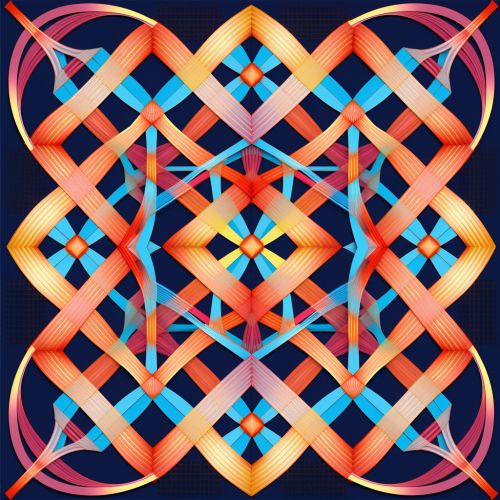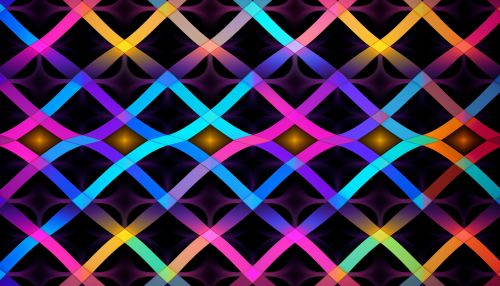Kitaev's Toric Code
Introduction
The quantum computing field has seen significant advancements over the years, one of which is the development of Kitaev's Toric Code. This is a topological quantum error correcting code, invented by Alexei Kitaev, a Russian-American theoretical physicist and mathematician. The Toric Code is a two-dimensional model that has been instrumental in the study of quantum error correction, quantum computation, and condensed matter physics.


Background
The Toric Code was first introduced by Kitaev in 1997. It is a model of a quantum system, which is a two-dimensional lattice of spins. The spins in this model can be in a quantum superposition of states, and the system is described by a Hamiltonian that includes terms for both the spins and the interactions between them.
Description
The Toric Code is a model of a quantum system that is defined on a two-dimensional lattice of spins. Each spin in the lattice can be in a quantum superposition of up and down states. The system is described by a Hamiltonian, which is a mathematical function that describes the energy of the system. The Hamiltonian for the Toric Code includes terms for the spins and for the interactions between the spins.
The Hamiltonian for the Toric Code is given by:
H = -A(s) - B(p)
where A(s) is the sum of the products of the spins around each square (s) in the lattice, and B(p) is the sum of the products of the spins around each plaquette (p) in the lattice. The minus signs in the Hamiltonian mean that the system's energy is lowered when the spins around a square or a plaquette are all aligned.
Properties
The Toric Code has some interesting properties that make it a useful model for studying quantum systems.
Topological Order
One of these properties is topological order. In a system with topological order, the global properties of the system are not determined by the local interactions between the particles. Instead, they are determined by the topology of the system, which is the study of properties that are preserved under continuous deformations. This means that a system with topological order can be deformed without changing its global properties.
Quantum Error Correction
Another important property of the Toric Code is that it can be used for quantum error correction. Quantum error correction is a method of protecting quantum information from errors due to decoherence and other quantum noise. The Toric Code is a type of quantum error-correcting code, which means that it can be used to encode quantum information in such a way that errors can be detected and corrected.
Applications
The Toric Code has a number of applications in quantum computing and condensed matter physics.
Quantum Computing
In quantum computing, the Toric Code can be used to protect quantum information from errors. This is important because quantum information is very fragile and can be easily destroyed by interactions with the environment. By using the Toric Code, it is possible to encode quantum information in such a way that errors can be detected and corrected.
Condensed Matter Physics
In condensed matter physics, the Toric Code is used as a model to study topological phases of matter. These are phases of matter that are not described by the traditional theory of phase transitions, but instead are characterized by their topological properties. The Toric Code is a simple model that exhibits a topological phase, and it has been used to gain insights into the properties of these phases.
